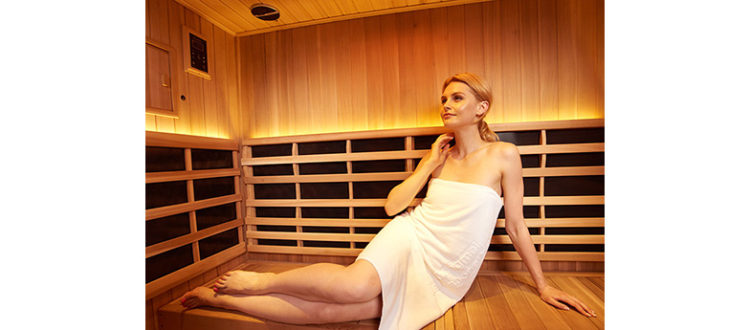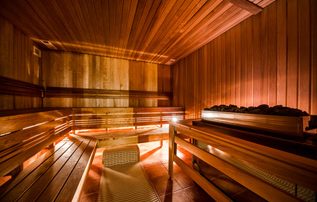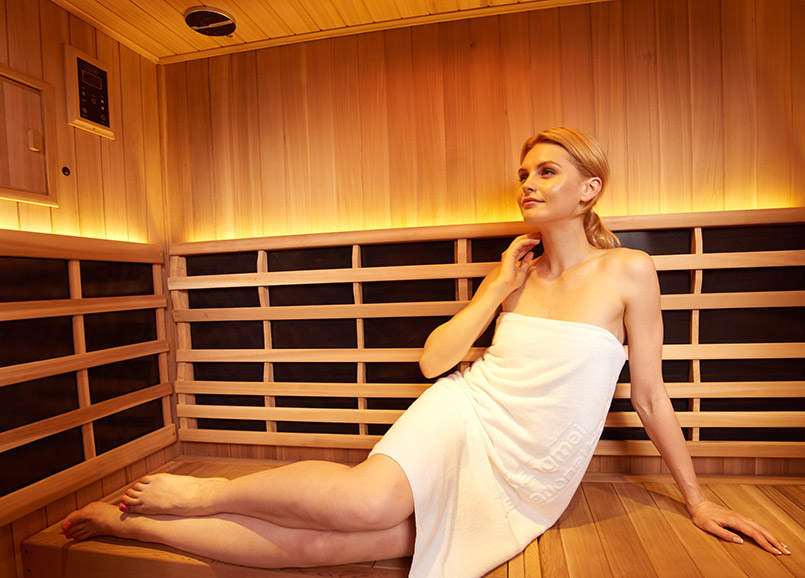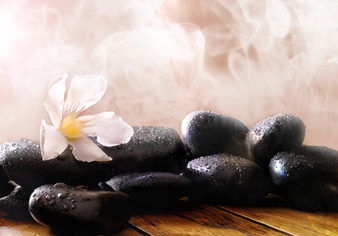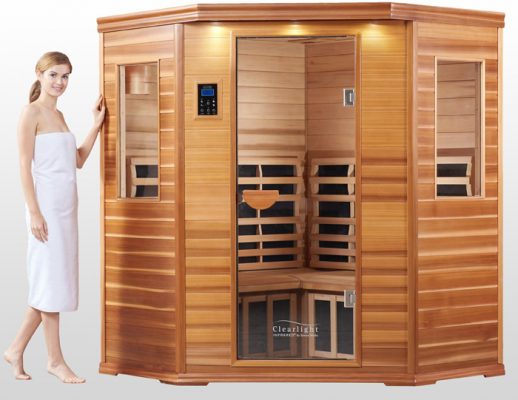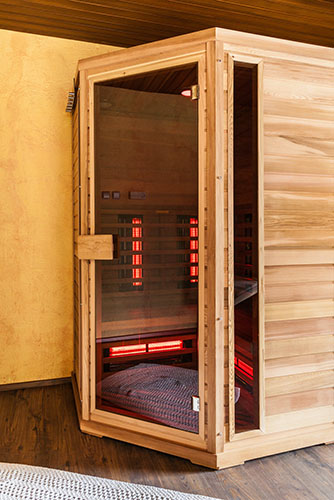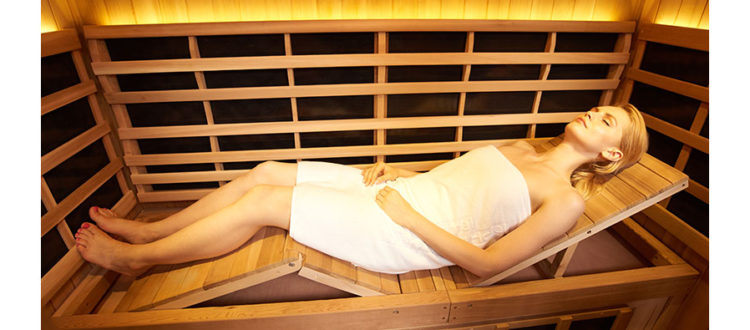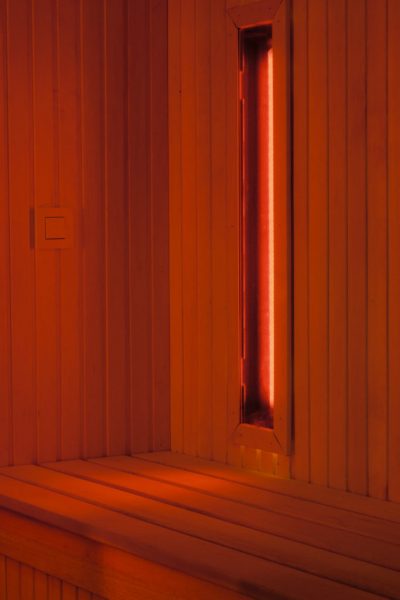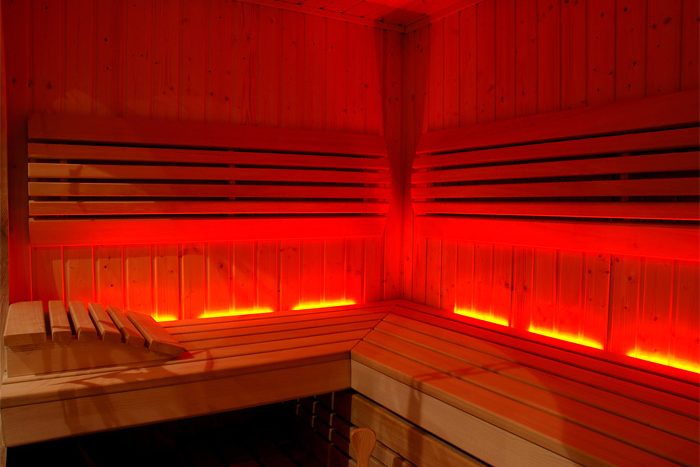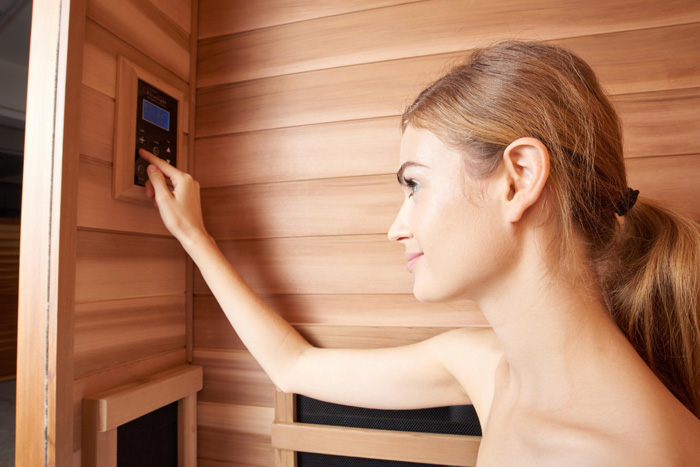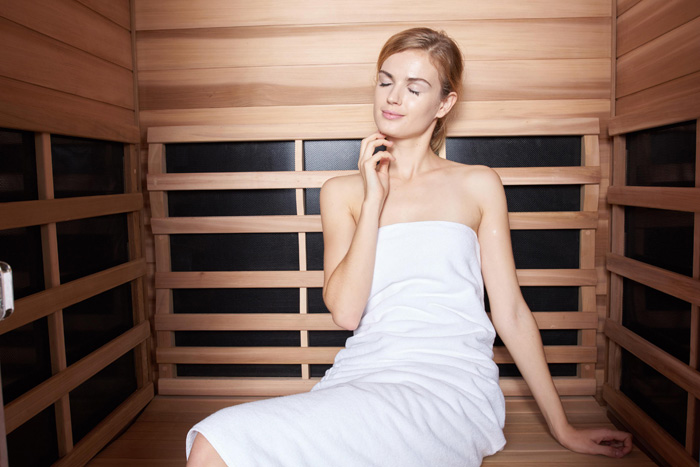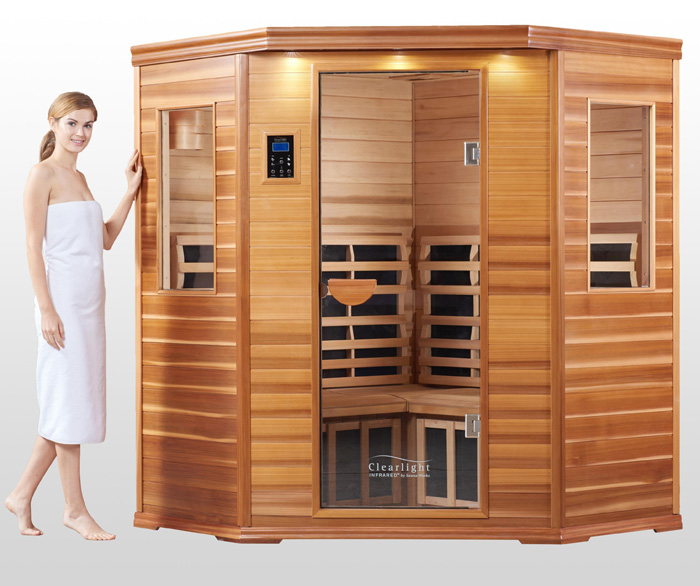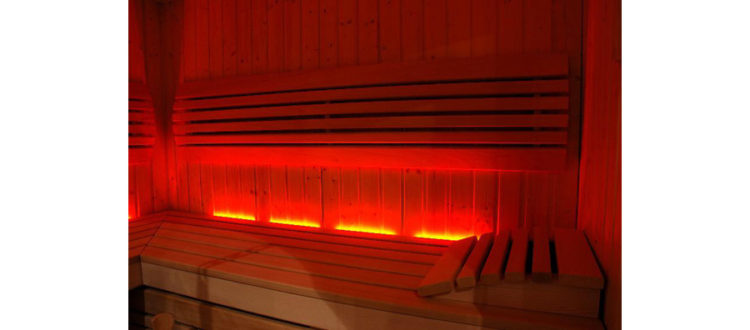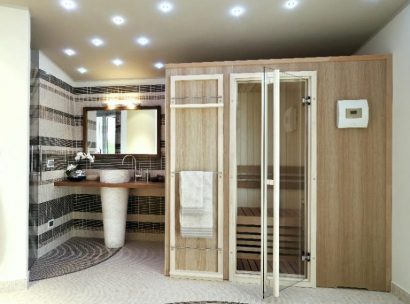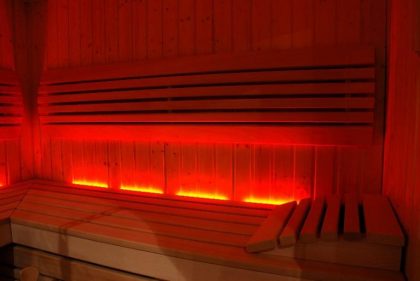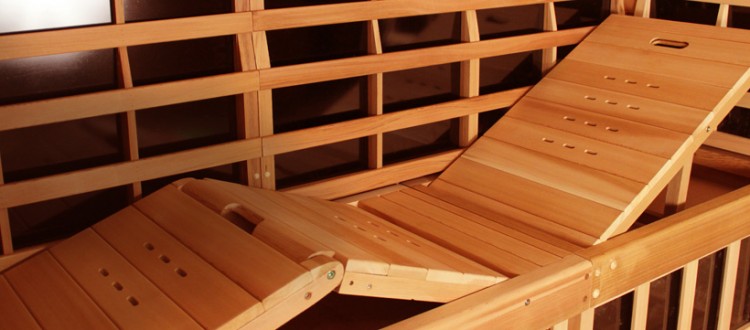
Clearlight Infrared and Jacuzzi Inc. today announced an exclusive licensing partnership for infrared saunas. Clearlight Infrared will manufacture and market a premium line of infrared saunas under the Jacuzzi ® brand. This will include the Clearlight Sanctuary™ Full Spectrum Infrared Sauna models and the Clearlight Premier™ Far Infrared Sauna models.
“We are pleased to be working with such a great company,” said Dr. Raleigh Duncan, founder of Clearlight Infrared. “Infrared therapy is a natural fit to help people live more vibrant, productive and balanced lives.”
“The partnership fits well with our company’s focus on well-being, and commitment to improving the lives of our customers,” states Jacuzzi Group Worldwide CEO Bob Rowan.
Throughout its 60 year history, the Jacuzzi® brand has maintained its status as an icon and innovator. The Jacuzzi® brand products are legendary for performance, reliability, and ease of use. Jacuzzi® infrared saunas are exceptionally engineered with the best materials to ensure a superior product. With continuous quality checks and outstanding inspection standards, Jacuzzi® infrared saunas continue this reputation for dependability and effectiveness.
The Importance of Greater Health and Wellness
Infrared saunas are effective at improving one’s overall health and wellness by helping to boost the immune system, aiding with detoxification, improving sleep, reducing stress, increasing metabolism, and improving heart health among other health and wellness benefits.
Design, Quality, and Effectiveness. From trend-setting design, exceptional furniture grade sauna cabins and state-of-the-art infrared heater technology, Jacuzzi® saunas deliver the ultimate infrared therapy experience.
 Canada
Canada Australia
Australia New Zealand
New Zealand Malaysia
Malaysia China
China

